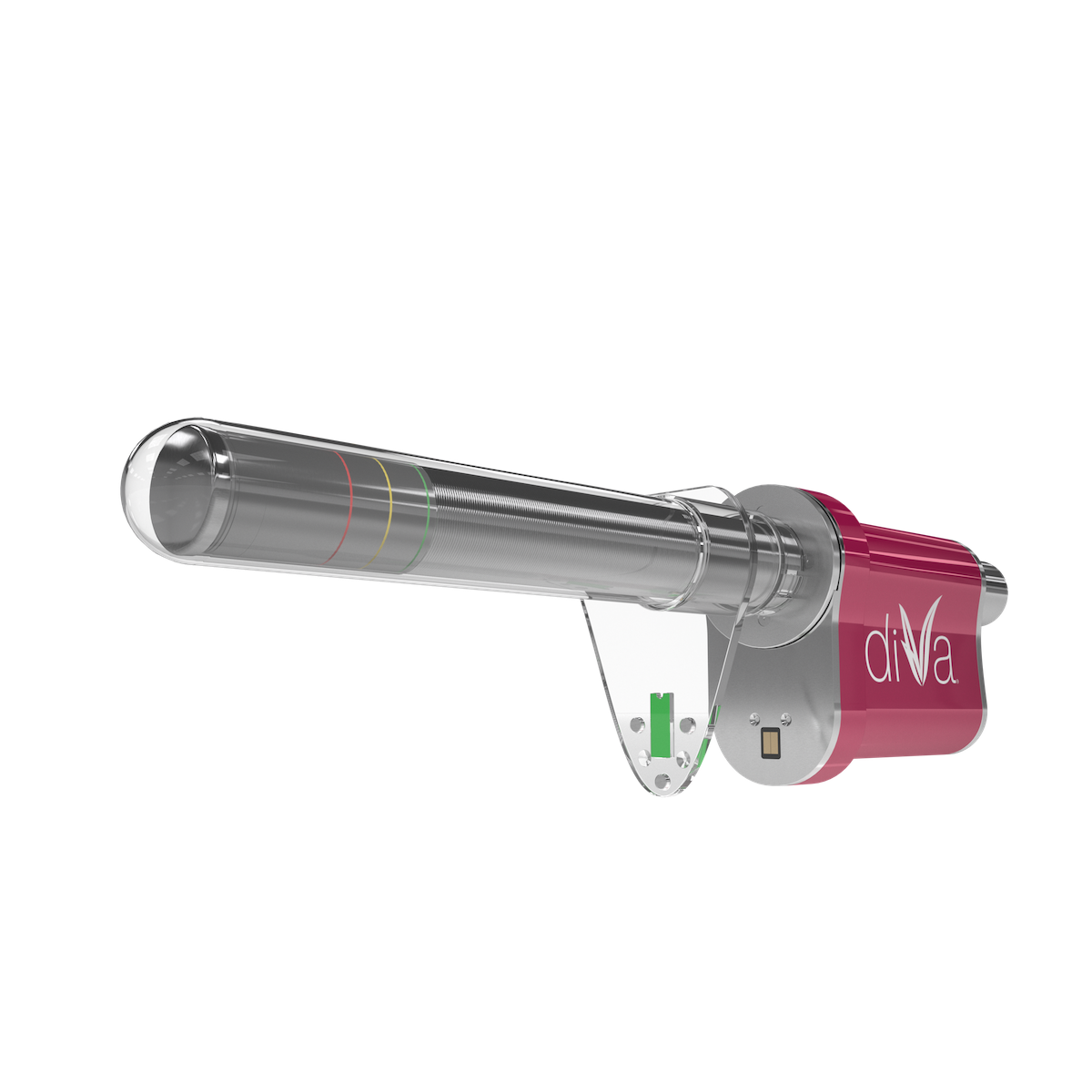diVa technology
Sciton’s vast knowledge from our founders, engineers, and health physicians created a dual-wavelength device that is safe, comfortable, and quick.
The diVa handpiece is a hybrid fractional laser (HFL) that delivers two wavelengths simultaneously for a synergistic effect. The first wavelength resurfaces the upper layers of the skin, while the second wavelength heats deeper layers.
Before Sciton developed the first hybrid fractional laser, HALO, patients had to choose between an ablative or a non-ablative treatment. While ablative treatments typically require a longer downtime, non-ablative treatments may not be as effective as some patients would like.
A hybrid fractional laser like diVa combines ablative and non-ablative wavelengths to offer remarkable results with minimal downtime. Additionally, treatment can be customized based on each patient’s condition.

Sapphire Quartz Dilator
High-quality sapphire quartz eliminates the potential for cross-contamination.
Highly Tunable Hybrid Laser
diVa empowers providers to independently control and customize treatment with the use of both 1470nm and 2940nm wavelengths.
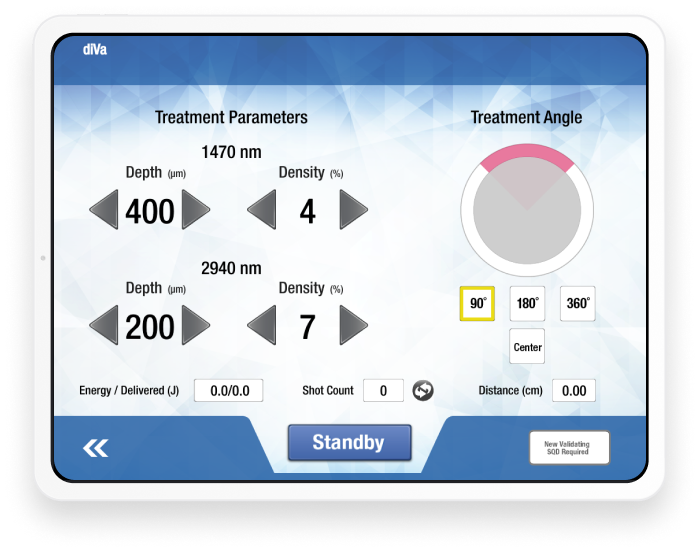
Efficient Beam Delivery
Precise automated beams deliver 90, 180, and 360-degree angles and pattern for custom coverage.
The Science Behind the diVa device
Our Technology.
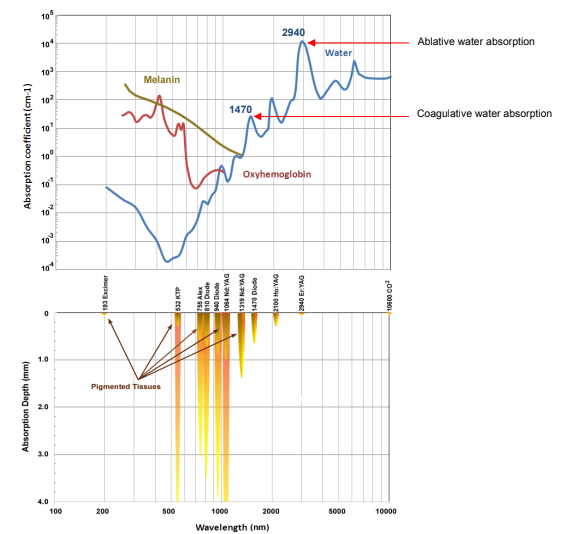
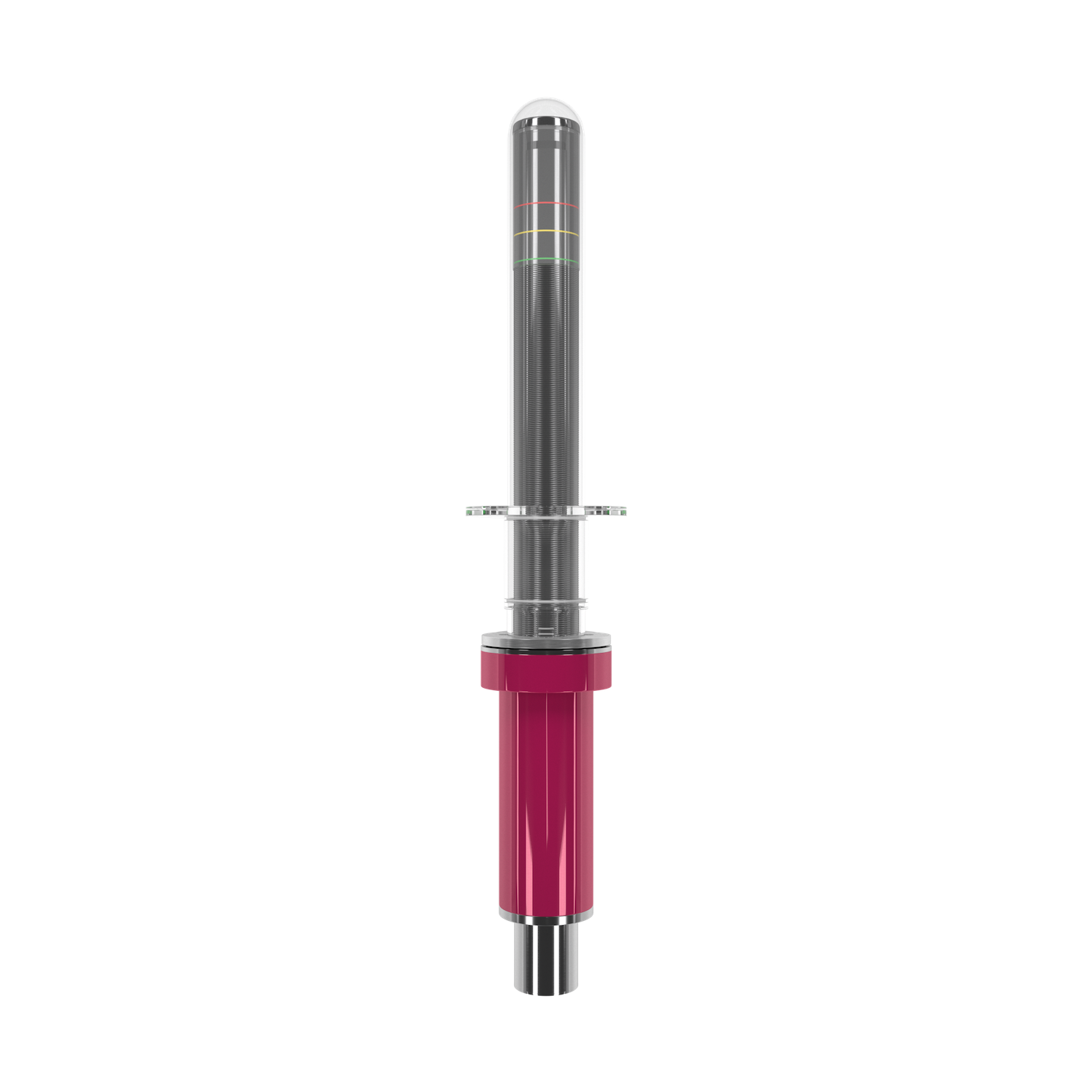
How it Works
01. Hybrid Fractional Laser (HFL) Technology
diVa utilizes the revolutionary Hybrid Fractional Laser technology developed for HALO, the world’s first hybrid fractional laser, to provide tunable independent levels of ablation and coagulation, as well as varying levels of density. This allows the provider to customize settings based on the patient’s conditions.

02. High Precision Automation (HPA)
The motorized guidance system allows providers to deliver energy with increased consistency, limited user variability, and decreased procedure time. HPA technology promotes treatments that are typically uniform, predictable, and fast.
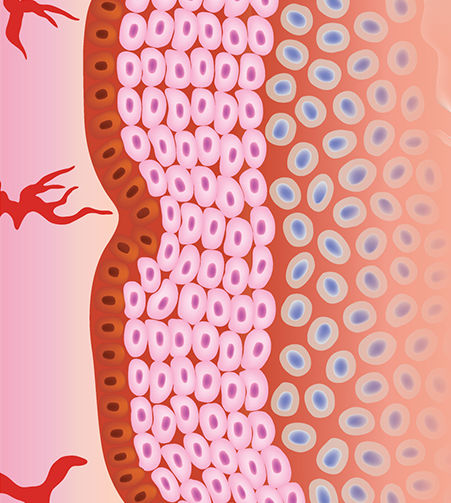
03. Wavelengths That Are Purpose Driven
diVa delivers both ablative and non-ablative wavelengths to the same microscopic treatment zone: 2940 nm for ablation and 1470 nm for coagulation. The 2940 nm wavelength is used to deliver 100 to 800 microns depth of ablation and the 1470 nm wavelength is used for delivering 200 to 700 microns depth of coagulation to the tissue. Choose each wavelength’s parameters independently to create a unique synergistic effect.
Get Started

Frequently Asked Questions
About Sciton
Because Results Matter.
From the beginning, Sciton’s founders have shared one unified vision—to build exceptional lasers and light sources to improve people’s lives. Our award-winning platforms and treatment brands are designed and hand-built by the sharpest minds in the industry.







